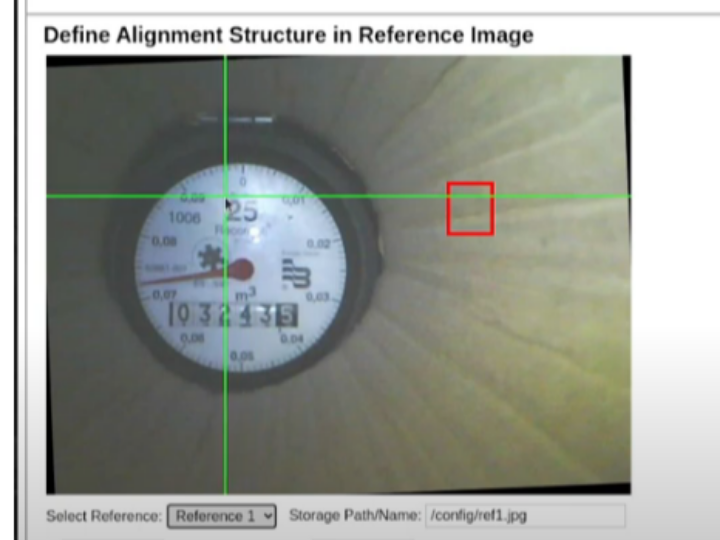How Artificial Intelligence Can Automate Reading Your Water Meter In Home Assistant
How Artificial Intelligence Can Automate Reading Your Water Meter In Home Assistant

How Artificial Intelligence Can Automate Reading Your Water Meter In Home Assistant
